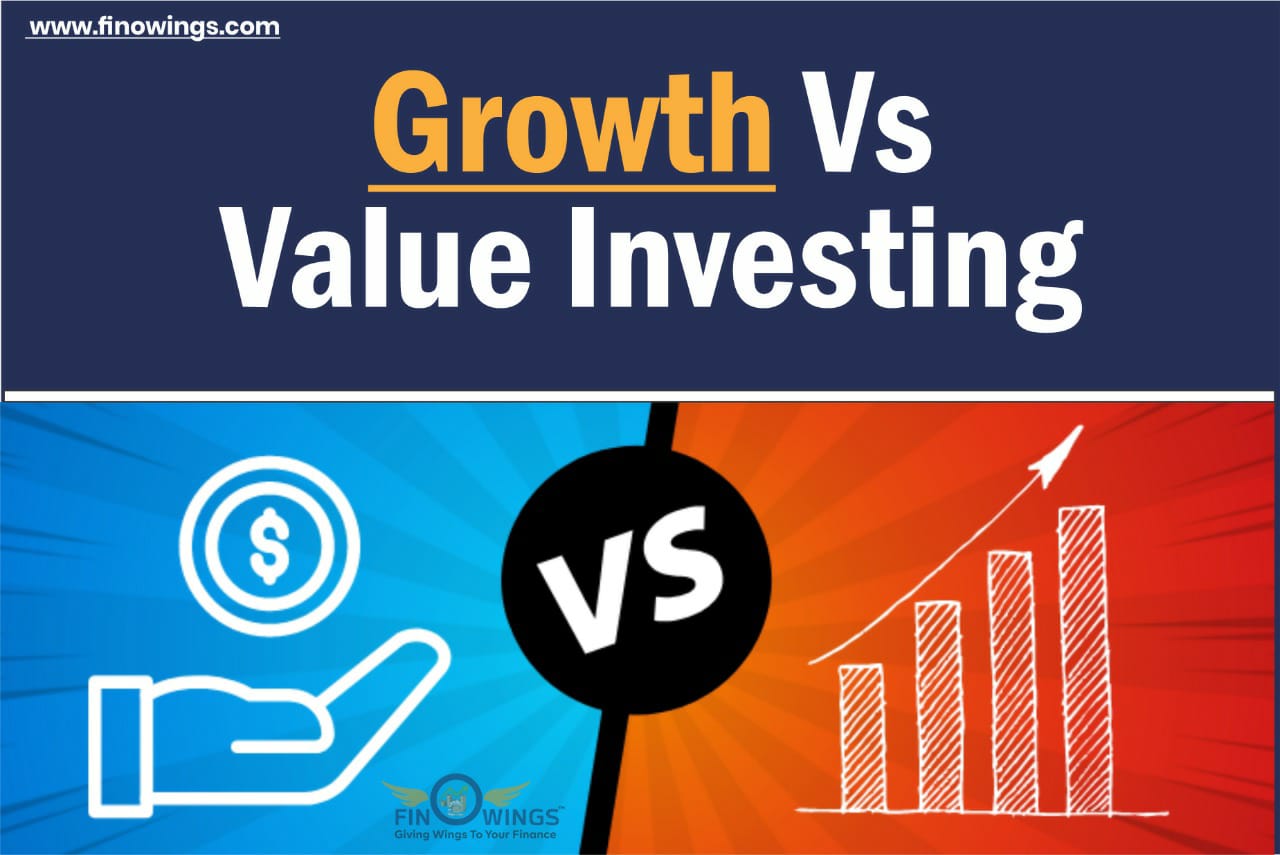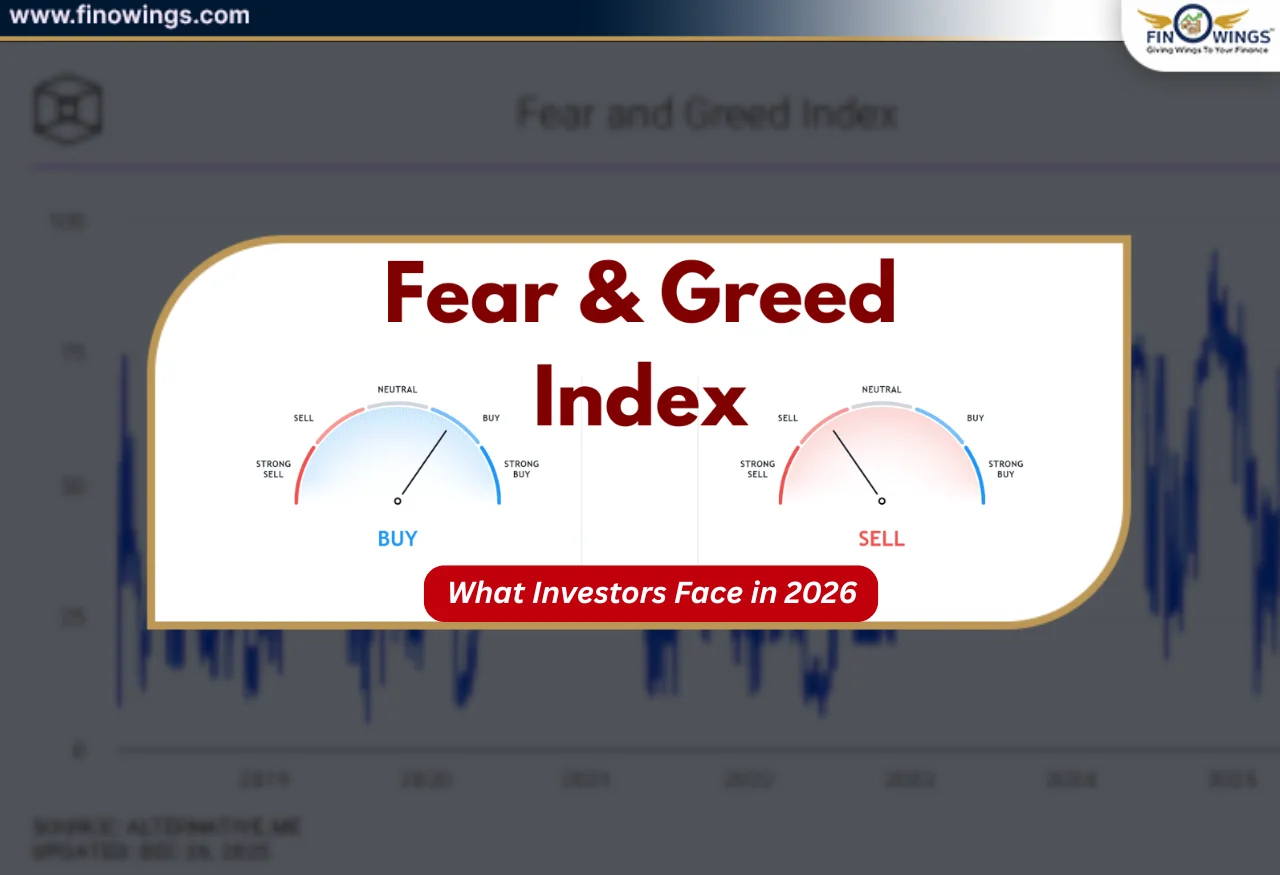Home >> Blog >> Growth Vs Value Investing
Growth Vs Value Investing

Table of Contents
Growth Vs Value Investing
The two types of investing are value investing and growth investing. Value stocks typically offer the chance to purchase shares at a discount to their market value, while growth companies typically have the possibility for above-average income and earnings growth.
Stocks are frequently cleanly differences between growth and value stocks on Wall Street. The reality is a little more nuanced because some stocks combine components of value and growth. Although there are significant distinctions between growth vs value investing companies, many investors choose one over the other.
1. What is Growth Investing?
Growth companies place a high priority on becoming leaders in their respective industries as soon as possible after starting as small, fledgling organizations. These businesses frequently prioritize increasing their income in the beginning, frequently at the expense of postponing profitability. Growth businesses eventually turn their attention more toward boosting earnings.
The perceived worth of the company increases from the perspective of growth-oriented investors when those major financial measures increase. This can result in a constructive feedback loop. A company's image can be improved by a growing stock price, which can lead to it securing additional commercial prospects.
Growth stocks typically have high price-to-earnings or price-to-book ratios, indicating a significant valuation. Furthermore, they also experience more rapid revenue and earnings growth than their competitors.
2. What is Value Investing?
Based on the financial criteria or reference it is being evaluated to, value stocks are typically bigger, greater established corporations that are trading below the price experts believe the stock is justified. For instance, depending on the number of outstanding shares divided by the corporation's capitalization, the book value of a company's stock may be $25 per share. However, if it is currently priced at $20 per share, many experts would view this as a great value option.
Several factors can cause stocks to become cheap. In other instances, public opinion will drive down the price, for instance when a prominent company executive gets implicated in a personal scandal or when the corporation is found to have broken the law. The public will quickly forget about whatever occurred, and the price will increase to wherever it should be, so value-seekers may view this as a great entry point if the firm's financials are still pretty sound.
The price-to-earnings, book value, or cash flow proportions will usually be discounted in the market price of value stocks. Naturally, neither viewpoint is often accurate, and certain companies can be categorized as a combination of these two groups, where they are viewed as undervalued but also have some possibilities above and beyond this. As a result, Morningstar Inc. divides all of the stocks and equity funds that it evaluates into categories: growth, value, and blended.
3. Growth Investing VS Value Investing
Growth stocks have a higher likelihood of defeating rival companies and outperforming everybody else in the future. Value stocks, on the other hand, are currently declining and are now undervalued. If value stocks succeed in the future, they could generate enormous returns. How can you tell which option is the best and fits your investment objectives?
Growth equities are more expensive than value stocks due to their greater future potential. Value stocks, on the other hand, are presently offered at lower prices as a result of their smaller sales and earnings. Growth companies are preferred by investors because they consistently produce larger earnings. Although value stocks typically produce returns, it can take a very long time to do so.
Growth stocks have a higher risk factor because of their higher valuations and ongoing price swings brought on by the adverse market situation. Any form of negative emotion might cause the valuation of growth stocks to drop. Value stocks are viewed as being less hazardous because they develop gradually and don't experience sharp increases or decreases. They guarantee a higher dividend payment history, which draws investors in times of weak market situation.
These two investments, as was previously said, each provide a number of advantages. The mix of growth and value stocks is not uncommon because they are both advantageous. Combining investments results in greater profits and lower risks. Due to little risk, investing in both will guarantee good returns over time. The returns are unaffected by the market situation because they could favour growth or value equities.
4. Which is preferable, value or growth?
Value and growth stocks can present profitable investment possibilities to their shareholders. The ideal investment approach for you is mostly determined by your financial objectives and investing choices.
If any of the following describe you, growth stocks may be more enticing to you:
-
Your portfolio's present income is not something you are interested in. The majority of fast-growing businesses avoid giving their shareholders sizable dividend payments. This is due to their preference to utilize all accessible funds by reinvesting them straight back into their company in order to achieve rapid growth.
-
You're comfortable with big stock price moves. A growth stock's price is frequently very responsive to shifts in the firm's business's future possibilities. Growth stock prices might skyrocket when things turn out better than anticipated. Higher-priced growth stocks can tumble down to Earth just as rapidly whenever they perform poorly.
-
You're self-assured in your ability to predict winners in developing markets. Growth stocks are frequently found in sectors of the economy that move quickly, like the technology industry. It is typical for many various growth companies to engage in rivalry. In order to succeed, you'll have to select as many long-term winners as possible in a given industry while eliminating losers.
-
Before you require your funds back, you still have plenty of time. Growth stocks frequently experience setbacks as they work their way toward reaching their full potential. You must have a sufficiently long-time horizon to allow the business to develop.
If you look for the following qualities in value stocks, they might appear more appealing:
-
You want your portfolio to provide current income. Many value stocks distribute large sums of money to their shareholders in the form of dividends. Such companies must find other strategies to engage investors because they lack strong growth prospects. One strategy for attracting investors to stock is by paying out enticing dividend returns.
-
Your preferred stock price stability is. Value stocks typically don't experience significant changes either way. Stock price volatility is typically modest as long as the company circumstances remain within expected ranges.
-
You're sure you can stay away from value traps. Stocks that appear to be cheaply priced are frequently value traps or low for a cause. A corporation may have lost its competitive advantage or be unable to keep up with the rate of advancement. The ability to see past alluring values is necessary to determine whether a company's future possibilities are dim.
-
You desire a quicker return on your investment. Value stocks don't make things better right away. Therefore, a company's stock price might increase swiftly if it is effective in keeping its business operating on the correct path. The best value investors find those stocks and purchase shares of them before other investors do.
Finally, there is no clear winner between growth and value equities in terms of total long-term success. Growth stocks slightly outperform value companies on average when the economy is strong. Value stocks typically perform better when the economy is struggling. However, the group outperforms greatly relies on the particular period you are taking into consideration.
Conclusion
Individual investors must decide whether to invest in growth vs value stock 2022 based on their personal preferences, risk tolerance, investment objectives, and time horizon. It is important to keep in mind that over shorter time frames, the outcome of either growth or value will also be greatly affected by the stage of the cycle that the marketplace is currently in.
Value stocks, for instance, typically function better throughout bear markets and economic downturns, whereas growth stocks typically function better during bull markets or times of economic prosperity. Short-term investors or those looking to time the market should therefore consider this aspect.
Author
Frequently Asked Questions
It is not possible to divide the S&P 500 into growth and value stocks. Meanwhile, technology and consumer discretionary, which together account for 40% of the index, are the two industries that are frequently regarded as growing. Value areas, which include the financial, industrial, energy, and consumer staples, account for about 29% of the index.
Growth vs. Value Stock Example. A bank like JPMorgan Chase would be an illustration of a value stock (JPM). While significant growth is frequently observed in the technological sector, such as Google (GOOG).
Over the longer term, value stocks have beaten growth companies; although, growth stocks have been outperforming for the past ten years.
Growth funds may offer larger returns both in the short and long terms, while value funds offer steady returns over a longer period of time. Value funds typically do better during recessions or at least survive longer than growth funds.
Although value appears to offer attractive projected returns, there is no assurance that value will outperform growth shortly. Value is still one of the best variables available for investors to take into account in a long-term investing plan, though.
















